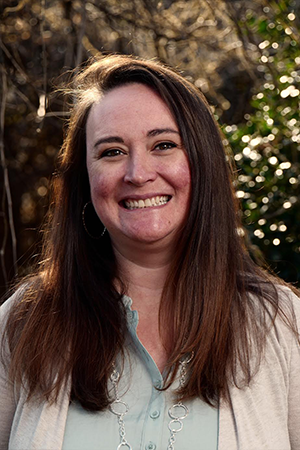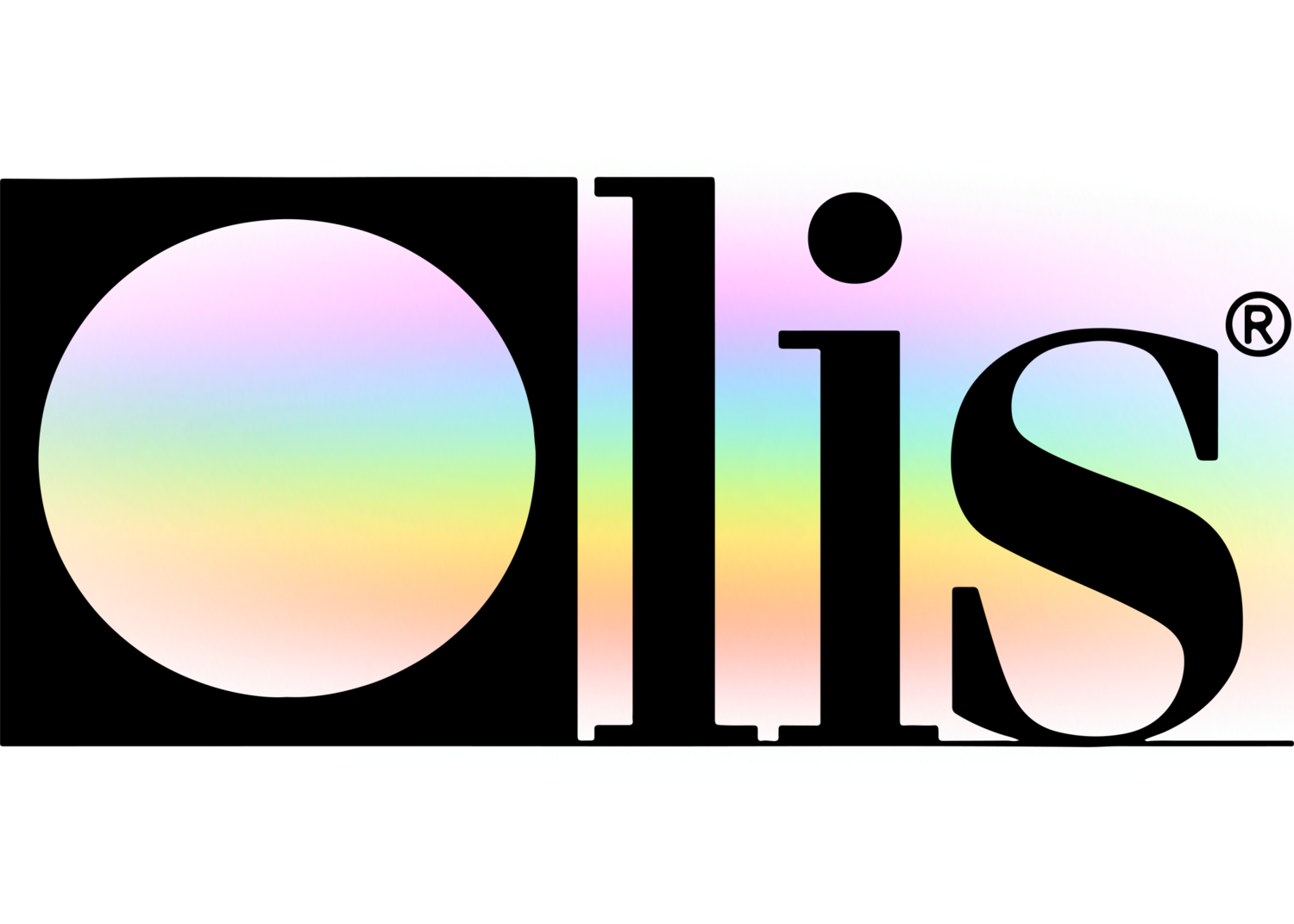Things about Circularly Polarized Luminescence
Table of ContentsExamine This Report about Uv/vis/nirThe 9-Second Trick For Circular DichroismOur Spectrophotometers IdeasAbout Uv/vis/nirWhat Does Uv/vis/nir Mean?Not known Factual Statements About Circular Dichroism 4 Simple Techniques For Circular Dichroism5 Simple Techniques For Uv/vis/nirThe Circular Dichroism PDFsMore About Uv/visThe smart Trick of Spectrophotometers That Nobody is Talking AboutThe Basic Principles Of Circular Dichroism The Greatest Guide To Spectrophotometers
It is then scanned through the sample and the recommendation options. Fractions of the incident wavelengths are transferred through, or reflected from, the sample and the referral. Electronic circuits convert the relative currents into direct transmission percentages and/or absorbance/concentration worths.The transmission of a reference substance is set as a standard (information) value, so the transmission of all other compounds are recorded relative to the preliminary "zeroed" substance. The spectrophotometer then transforms the transmission ratio into 'absorbency', the concentration of specific parts of the test sample relative to the initial compound.
Because samples in these applications are not easily offered in large amounts, they are particularly matched to being evaluated in this non-destructive strategy. In addition, valuable sample can be conserved by utilizing a micro-volume platform where as low as 1u, L of sample is needed for total analyses. A short description of the procedure of spectrophotometry consists of comparing the absorbency of a blank sample that does not contain a colored compound to a sample that consists of a colored compound.
Circularly Polarized Luminescence Things To Know Before You Buy
In biochemical experiments, a chemical and/or physical home is selected and the treatment that is used specifies to that property in order to derive more details about the sample, such as the quantity, purity, enzyme activity, and so on. Spectrophotometry can be used for a number of strategies such as identifying optimum wavelength absorbance of samples, figuring out ideal p, H for absorbance of samples, determining concentrations of unidentified samples, and determining the p, Ka of numerous samples.: 21119 Spectrophotometry is likewise a valuable process for protein filtration and can also be used as an approach to create optical assays of a compound.
It is possible to understand the concentrations of a two element mix using the absorption spectra of the basic options of each part. To do this, it is necessary to know the extinction coefficient of this mix at 2 wave lengths and the termination coefficients of services that contain the known weights of the two elements.

The smart Trick of Uv/vis/nir That Nobody is Talking About
Many spectrophotometers are utilized in the UV and visible areas of the spectrum, and a few of these instruments also operate into the near-infrared region also. The concentration of a protein can be estimated by measuring the OD at 280 nm due to the existence of tryptophan, tyrosine and phenylalanine (https://calendly.com/olisclarity1/30min).
Nucleic acid contamination can also interfere. This method requires a spectrophotometer efficient in determining in the UV region with quartz cuvettes.: 135 Ultraviolet-visible (UV-vis) spectroscopy involves energy levels that excite electronic transitions. Absorption of UV-vis light delights particles that remain in ground-states to their excited-states. Visible region 400700 nm spectrophotometry is utilized thoroughly in colorimetry science.
These curves can be utilized to check a new batch of colorant to check if it makes a match to requirements, e
Traditional visible conventional noticeable area not detect if discover colorant or the base material has product. This can make it challenging to manage color issues if for example one or more of the printing inks is fluorescent. There are 2 significant setups for visual spectrum spectrophotometers, d/8 (spherical) and 0/45.
Researchers utilize this instrument to measure the amount of compounds in a sample. In the case of printing measurements two alternative settings are frequently utilized- without/with uv filter to control better the result of uv brighteners within the paper stock.
Facts About Circular Dichroism Revealed
Some applications need little volume measurements which can be performed with micro-volume platforms. As described in the applications section, spectrophotometry can be utilized in both qualitative and quantitative analysis of DNA, RNA, and proteins. Qualitative analysis can be utilized and spectrophotometers are used to record spectra of substances by scanning broad wavelength areas to identify the absorbance properties (the intensity of the color) of the substance at each wavelength.

Getting My Circular Dichroism To Work
One significant aspect is the kind of photosensors that are readily available for various spectral areas, however infrared measurement is likewise tough due to the fact that virtually everything gives off IR as thermal radiation, particularly at wavelengths beyond about 5 m. Another complication is that numerous materials such as glass and plastic absorb infrared, making it incompatible as an optical medium.
Samples for IR spectrophotometry may be smeared between two discs of potassium bromide or ground with potassium bromide and pushed into a pellet. Where liquid services are to be measured, insoluble silver chloride is used to construct the cell. Spectroradiometers, which operate nearly like the visible area spectrophotometers, are created to determine the spectral density of illuminants. Recovered Dec 23, 2018. Essential Laboratory Approaches for Biochemistry and Biotechnology (Second ed.). The vital guide to analytical chemistry.
Oke, J. B.; Gunn, J. E.
An Unbiased View of Spectrophotometers

Ninfa AJ, Ballou DP, Benore M (2015 ). Fundamental Lab Techniques for Biochemistry and Biotechnology (3, rev. ed.). spectrophotometers. Lab Devices.
The Ultimate Guide To Uv/vis/nir
Retrieved Jul 4, 2018. Trumbo, Toni A.; Schultz, Emeric; Borland, Michael G.; Pugh, Michael Eugene (April 27, 2013). "Applied Spectrophotometry: Analysis of a Biochemical Mixture". Biochemistry and Molecular Biology Education. 41 (4 ): 24250. doi:10. 1002/bmb. 20694. PMID 23625877. (PDF). www. mt.com. Mettler-Toledo AG, Analytical. 2016. Obtained Dec 23, 2018. Cortez, C.; Szepaniuk, A.; Gomes da Silva, L.
"Exploring Proteins Filtration Methods Animations as Tools for the Biochemistry Mentor". Journal of Biochemistry Education. 8 (2 ): 12. doi:. Garrett RH, Grisham CM (2013 ). Biochemistry. Belmont, CA: Cengage. p. 106. ISBN 978-1133106296. OCLC 801650341. Vacation, Ensor Roslyn (May 27, 1936). "Spectrophotometry of proteins". Biochemical Journal. 30 (10 ): 17951803. doi:10. 1042/bj0301795.
PMID 16746224. Hermannsson, Ptur G.; Vannahme, Christoph; Smith, Cameron L. C.; Srensen, Kristian T.; Kristensen, Anders (2015 ). "Refractive index dispersion picking up utilizing an array of photonic crystal resonant reflectors". Applied Physics Letters. 107 (6 ): 061101. Bibcode:2015 Ap, Ph, L. 107f1101H. doi:10. 1063/1. 4928548. S2CID 62897708. Mavrodineanu R, Schultz JI, Menis O, eds.
Things about Uv/vis/nir
U.S. Department of Commerce National Bureau of Standards special publication; 378. Washington, D.C.: U.S. National Bureau of Standards.
The process begins with a regulated light that lights up the examined sample. When it comes to reflection, as this light connects with the sample, some is absorbed or given off. The given off light travels to the detector, which is examined, measured, and provided as industry-standard color scales and indices.
All terms are assessed over the noticeable spectrum from 400 to 700 nm. In the case of transmission, when the light engages with the sample, it is either taken in, reflected, or sent.
10 Easy Facts About Circular Dichroism Shown
Examples consist of APHA (American Public Health Association) for watercolor and purity analysis, ASTM D1500 for petrochemical color analysis, edible oil indices utilized in food, and color analyses of beverages. The simplified mathematics looks like this:. Where T is the transmission coefficient. All terms are assessed over the visible spectrum from 400 to 700 nm.
Image Credit: Matej Kastelic/ Dr. Arnold J. Beckman and his associates at the National Technologies Laboratories first created the spectrophotometer in 1940. In 1935 Beckman established the company, and the discovery of the spectrophotometer was their most ground-breaking innovation. Dr. Bruce Merrifield, a Nobel prize-winning biochemist, stated that the creation of the spectrophotometer was "probably the most crucial instrument ever established towards the advancement of bioscience." Before the discovery of the spectrophotometer, chemical analyses took weeks to complete, with 25% precision.
Circular Dichroism Things To Know Before You Buy
99% precision. Gradually, scientists kept improving the spectrophotometer style to improve its performance. The UV capabilities of the design B spectrophotometer were improved by changing the glass prism with a quartz prism. Eventually, the Design DU was developed, including a hydrogen light and other enhancements. This instrument was used in commercial laboratories, centers, and chemistry and biochemistry departments.
Generally, a spectrophotometer is made up of 2 instruments, namely, a spectrometer and a photometer. A standard spectrophotometer includes a light source, a monochromator, a collimator for straight light beam transmission, a cuvette to place a sample, and a photoelectric detector.
The 3-Minute Rule for Circularly Polarized Luminescence
There are different kinds of spectrophotometers in numerous shapes and sizes, each with its own function or performance. A spectrophotometer determines just how much light is shown by chemical components. spectrophotometers. It measures the distinction in light strength based upon the total quantity of light presented to a sample and the amount of light beam that passes through the sample solution
Based on the instrument's design, the sample is placed between the spectrometer and the photometer. After the light is gone through the sample, the photometer determines its strength and displays the reading. A spectrophotometer is used to determine the concentration of both colorless and colored solutes in a service. This instrument is utilized to figure out the rate of a response.